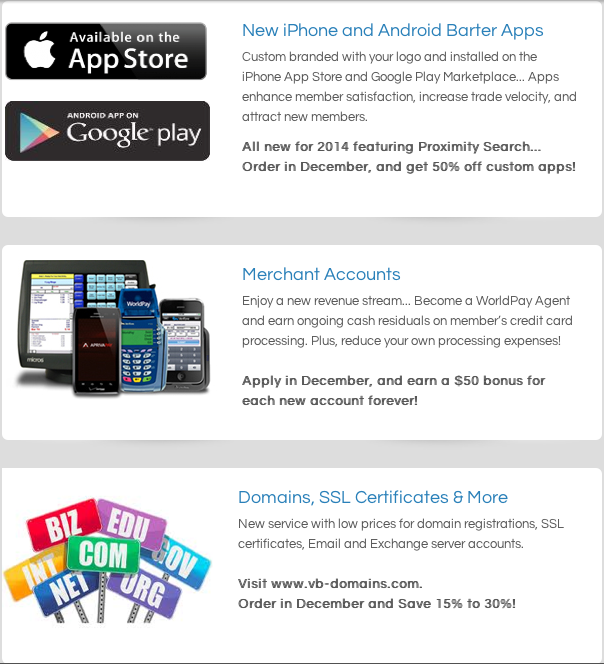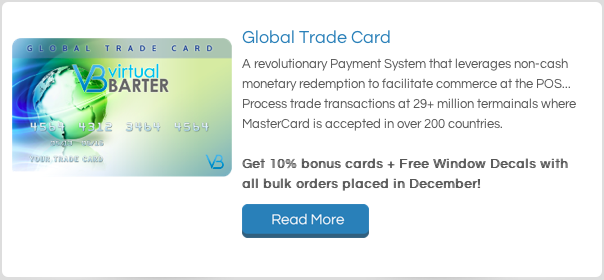Post via Josh Klein @ Popular Mechanics
A funny thing happened on the way to the 21st century: Ancient models of exchange such as trade, barter, and gift economies suddenly started popping up all over the Internet. AirBnB began competing with traditional hotels, Uber provided an alternative to existing taxi services, and BitCoin enabled convenient, instantaneous, anonymous purchasing of pretty much anything. The underpinning of these new kinds of commerce is reputation. More specifically, reputation as it is manifest and documented through digital means like cryptography. This is why I coined the phrase “reputation economics,” the topic and title of my recently published book.
I try to avoid stating the obvious, but in this case it’s a good starting point: Technology is changing our lives in fundamental ways. Just a few years ago, it would have been hard for many of us to believe that we could speak to our cars to make phone calls, request and receive real-time relevant driving directions, cue up a song based on what our friend’s friends are listening to, and more. So, should we believe that most transactions will continue to rely on cash, credit cards, and systems linked to our bank accounts? The answer is that we shouldn’t, because we’re already moving away from those methods in favor of something far less tangible—which brings us back to cryptography.
Most people think that cryptography is important because you must be able to encode information to make it secure from hackers for online and other digital transactions. That’s certainly one of the original reasons for its development. But at the same time, one of the biggest changes this mathematical verifiability has wrought is to allow people to authenticate themselves when they log into a website or share permissions to a third-party app.
The implications for commerce are profound. Up until very recently, authentication required some pretty hard-stop tokens. Your address, your Social Security number, your bank account number: These things are difficult or very expensive for you to change, so they were considered good signifiers. If you knew all those bits of information you were likely the person whom people expected to be connected to those tokens.
Cryptography changed that substantially. Suddenly, it was possible to use math to verify that the identity that had produced one bit of data had also produced another. It does this by allowing you to use some code to “sign” something, from an email to a forum post to a financial transaction, with a mathematically verifiable signature.
The result is that DragonRider15, who posted those really stunning cat photos on Flickr, could now demonstrate in a way anyone could verify—without so much as a real name—that he or she was the same person who had written a particular comment in the Yahoo forum for Toast Sculpturists of America.
This “authentication without identification” meant that we were able to invest something far more fluid and intuitive in our accounts than the other, nominally expensive identifiers. That commodity was reputation, and it’s proven to be uniquely advantageous to commerce in the age of the Internet.
Consider the way eBay works. Most people simply won’t buy from a seller with few or no reviews, or in some cases without a ranking of near 100 percent, because they risk being ripped off (and rightly so). As a result, a seller account with a long and positive history acquires significant value. That value is reputation, and it has become the new currency of online transactions.
AirBnB provides another good example. When I want to learn about a particular host, I can Google the name and get a lot of useful information with which to judge whether or not I’m likely to safely enjoy staying at their place. Reputation means that while I may not know their bank account number, I can be pretty sure that if they’ve invested enough in the identity information I’m looking at to trust the gist of what I see.
For any market to work, the buyers must trust the sellers, whether on eBay, AirBnB, or a local service like RelayRides. The existence of online reputation systems, metrics, and personal transparency (or indelible history) has resulted in a new system of value exchange. This reputation-based economy allows me to learn enough about sellers to determine, in a very personalized way, what I’m willing to trade, barter, or exchange with them.
This is about much more than eBay seller ratings—an entire ecology of post-financial platforms is emerging. Examples of new reputation economies include EborHood.com, which lets you find a neighbor with a lawnmower who wants to borrow your hedge trimmer. Headliner.fm lets you find the right audience, anywhere in the world, that wants to share your message in exchange for you sharing their message with your audience. StackOverflow.com lets you answer (and get answers to) technical questions, but with a bonus: If you answer enough queries well enough, you’ll get a reputation as an expert, which can mean access to code, projects, or even career options you couldn’t get any other way.
There are also a growing number of sites that let you mobilize otherwise undervalued resources, using reputation as a validator. SkillShare.com enables you to build up a reputation as an educator on whatever you’d like to teach, and generate income as a teacher. Taskrabbit.com lets you use your own spare time and capabilities to tick items off someone else’s to-do list—in exchange for a fee. The aforementioned RelayRides.com lets you lease out that car you only use on weekends to someone during the weekdays.
Each of those relies on a public accountability of reputation, meaning that the more you participate, the more potential value you can get out of the exchanges, and the more important the account is to you.
As cryptography, post-financial exchange platforms, and widespread reputation systems continue to expand, we should expect to see that value grow, and investment in these networks build. It’s not clear how far or wide their use will go, but if the recent Senate hearings on BitCoin are any indication, it’s a fair bet that others are also going to see the potential for alternative exchange platforms and invest accordingly. Does that spell the end of cash as we know it? Not likely. But it certainly points to a diversity of new “currencies” that we didn’t have before coming into play.



